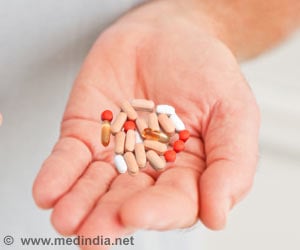Cutting-edge doping schemes seem to make it possible for many athletes to beat the biological tests currently in place to detect prohibited doping.

TOP INSIGHT
More than 30% of athletes admitted to using banned substances during their careers. Biological testing greatly underestimates the true prevalence of doping.
Biological tests of blood and urine typically detect doping in only 1-3 percent of competitors at elite international competitions. However, the new study suggests that the true rate of doping is far greater, because cutting-edge doping schemes seem to make it possible for many athletes to beat the biological tests currently in place to detect prohibited doping.
"Given the numerous recent highly publicized doping scandals in major sports, one might guess that the proportion of such undetected cheats is high," says Ulrich.
In their paper, the authors cite several recent commentaries suggesting that technical, human, political, and financial factors are all contributing to flawed results from current biological testing techniques.
The research team conducted anonymous tablet-based surveys of the prevalence of doping at the 13th International Association of Athletics Federations World Championships in Athletics (WCA) in South Korea and the 12th Quadrennial Pan-Arab Games (PAG) in Qatar. The surveys used a so-called "randomized response technique" -- a method that visibly guaranteed the anonymity of the respondent, thus permitting the athletes to answer honestly about their doping without fear of exposure. Surveys were completed by 2167 athletes at the two events.
"These findings suggest that biological testing greatly underestimates the true prevalence of doping in elite athletics," says Pope. "It indicates the need for future studies of the prevalence of doping in athletics using randomized response techniques to protect the anonymity of the athletes."
 MEDINDIA
MEDINDIA




 Email
Email






